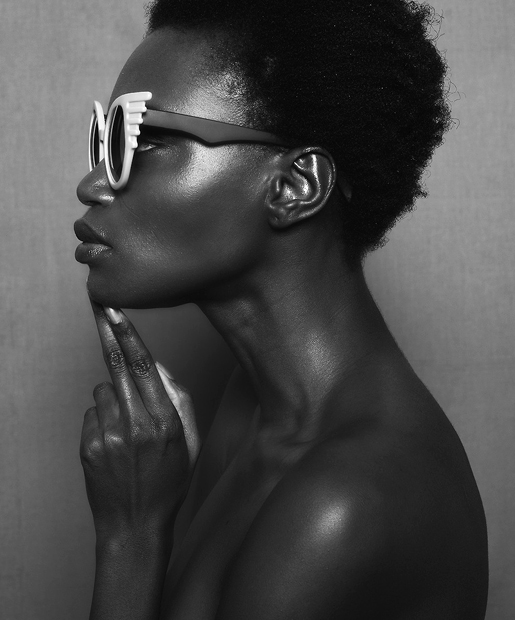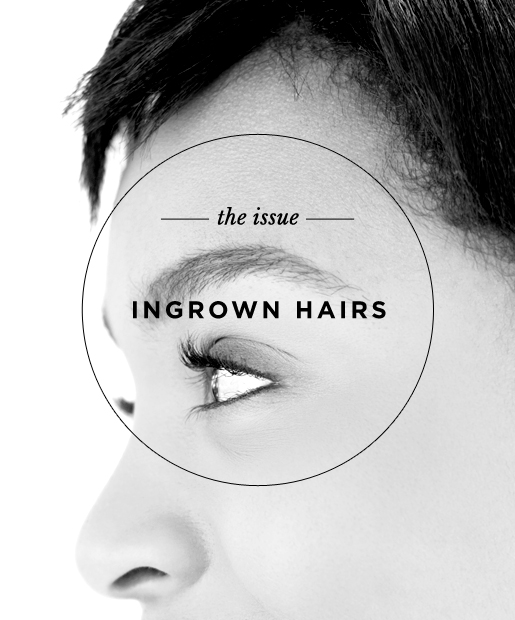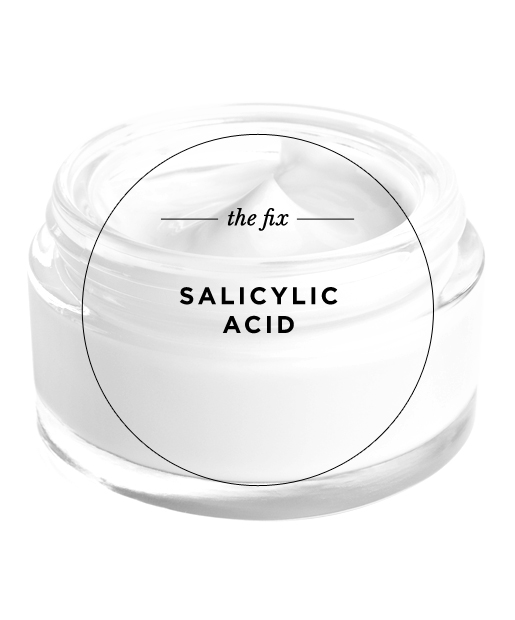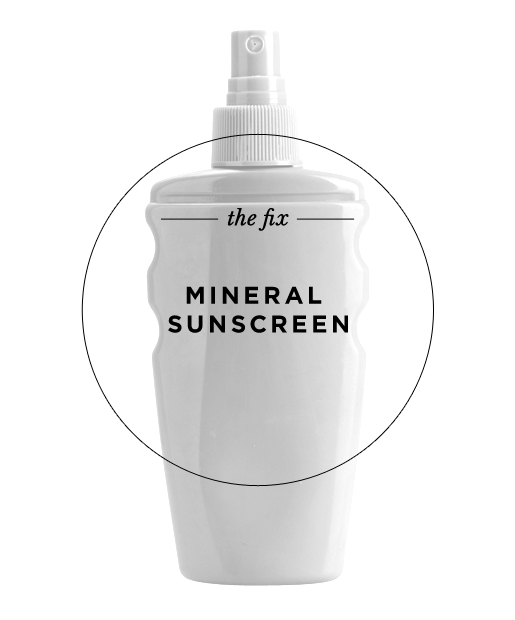Everyone has their pet peeves in the realm of skin care. Wrinkles, blackheads, enlarged pores, acne, dark circles -- the list is practically endless. Although certain conditions can be influenced by your skin type, age or lifestyle, the likelihood of some problems can hinge on your skin tone. Case in point: African American women are more likely to suffer from keloid scars, ingrown hairs, hyperpigmentation and eczema -- four skin conditions that are not only more prevalent in dark skin, but sometimes hard to detect and to treat.
"We dermatologists see all skin types, but with ethnic skin, you need to be extremely careful and cognizant," says Dr. Melanie Palm, director of Art of Skin, M.D., and assistant volunteer professor at the University of California San Diego. "There are many nuances to African American skin in particular. First and foremost, you want to find a doctor that has experience in treating ethnic skin, knows all subtleties of the skin color and knows how to treat them appropriately." Click ahead to see which skin care issues affect African American women the most, the steps you can take at home to prevent them and what to discuss with your dermatologist.
"We dermatologists see all skin types, but with ethnic skin, you need to be extremely careful and cognizant," says Dr. Melanie Palm, director of Art of Skin, M.D., and assistant volunteer professor at the University of California San Diego. "There are many nuances to African American skin in particular. First and foremost, you want to find a doctor that has experience in treating ethnic skin, knows all subtleties of the skin color and knows how to treat them appropriately." Click ahead to see which skin care issues affect African American women the most, the steps you can take at home to prevent them and what to discuss with your dermatologist.
African Americans tends to have curly hair and curved hair shafts, which means that regrowth after shaving, waxing, tweezing and even threading can be painful. Hair often grows back backwards or sideways, gets trapped under the skin and causes inflammation, irritation and, in some cases, an infection. To make matters worse, the inflammation from stubborn ingrown hairs can also lead to hyperpigmentation that lingers for months.
Shaving, tweezing and waxing exacerbate the skin and increase the risk of post-inflammatory hyperpigmentation. If you want to prevent ingrown hairs while shaving, pick a razor with multiple blades and use a lotion or toner with salicylic acid after you shave. "Salicylic acid is a beta hydroxy acid that loves going down the hair follicle," Palm says. "It chemically exfoliates the hair so it doesn't get gunked up and clogged and begin to curve back into the skin during regrowth."
If the condition worsens and leads to folliculitis (an infection of the hair follicle), it can lead to a keloid (raised scar). "If you have this severe of a case, laser hair removal is a great option," Palm says. "You just need to ensure that whoever is doing the treatment has the appropriate wavelength to treat dark skin." According to Palm, the gold standard is a Nd:YAG laser with a wavelength of 1064 nanometers, which is longer than the wavelength typically used on Caucasian skin tones. "The longer the wavelength, the better it is for darker skin."
If the condition worsens and leads to folliculitis (an infection of the hair follicle), it can lead to a keloid (raised scar). "If you have this severe of a case, laser hair removal is a great option," Palm says. "You just need to ensure that whoever is doing the treatment has the appropriate wavelength to treat dark skin." According to Palm, the gold standard is a Nd:YAG laser with a wavelength of 1064 nanometers, which is longer than the wavelength typically used on Caucasian skin tones. "The longer the wavelength, the better it is for darker skin."
Hyperpigmentation and hypopigmentation -- an increase or decrease of color in the skin, respectively -- are more common and more noticeable in darker skin tones, which naturally have more of the skin pigment melanin. Because hyperpigmentation is caused by an overproduction of melanin, African American women are also more prone to post-inflammatory hyperpigmentation, which is caused by physical trauma to the skin. This trauma can range from something as commonplace as a mosquito bite or a pimple to chronic skin conditions like eczema. After initial redness subsides, dark brown spots appear.
Palm recommends avoiding any irritation to the skin if possible (no picking or scratching), but her No. 1 rule: Invest in a good sunscreen. "I always recommend patients to purchase a mineral based sunblock that has zinc [oxide] or titanium [dioxide] as the active sun ingredient." Most over-the-counter sunscreens skip mineral blocks in favor of ingredients that convert sunlight into heat energy when it hits the skin. Heat causes inflammation, which triggers hyperpigmentation. Physical mineral blocks, however, reflect sunlight from the skin so it doesn't penetrate the skin's surface.
Next up is establishing a brightening regimen. Palm recommends a series of salicylic acid peels or glycolic acid washes once a month to gradually fade post-acne scars in dark skin. Combination therapy -- topical products that combine lightening agents like hydroquinone and antioxidants like vitamin C -- are also helpful. For more severe cases, Palm suggests exploring in-office treatments. "I ... do a lot of work on ethnic skin with laser treatment in conjunction with topical treatments for age spots and scars," she says. Check with your doctor to ensure they use an Nd:YAG laser with a 1064 nanometer wavelength in the Q switched mode (the same low-energy mode used for laser tattoo removal).
Next up is establishing a brightening regimen. Palm recommends a series of salicylic acid peels or glycolic acid washes once a month to gradually fade post-acne scars in dark skin. Combination therapy -- topical products that combine lightening agents like hydroquinone and antioxidants like vitamin C -- are also helpful. For more severe cases, Palm suggests exploring in-office treatments. "I ... do a lot of work on ethnic skin with laser treatment in conjunction with topical treatments for age spots and scars," she says. Check with your doctor to ensure they use an Nd:YAG laser with a 1064 nanometer wavelength in the Q switched mode (the same low-energy mode used for laser tattoo removal).









